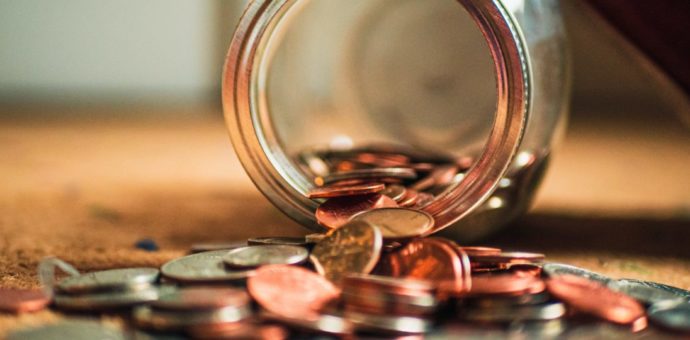The open source Waves’ Blockchain is transitioning to a self-regulated monetary system. This will enable the community to determine the size of the block generation reward and the currencies’supply.
The new model should benefit the miners because they must allow each one to defend their preference in the monetary policy of the blockchain. In this way, they can increase their revenues by up to 5% per year.
According to Waves founder and CEO, Sasha Ivanov, the cases of sustainable and self-regulating monetary systems such as the company’s serve as an example of how traditional monetary models can evolve in the future on a global scale. “In this context, Waves’ blockchain can provide mechanisms for decentralized economic governance by a number. Moreover, it will have greater range of financial agents than simply the central committee of a country”.
In a press release, the company detailed an update to the Node 1.1 protocol version, which plans a reward mechanism for blocks generation, in addition to the existing transaction rates. According to the announcement, each generated block will add 6 more WAVES to the general circulating supply, which was previously limited to 100 million WAVES.
“The reward for block generation must be agreed upon by the network participants through a voting process that ends at every 100,000 blocks, or around 70 days. Block rewards can be increased or decreased by 0.5 WAVES each period or left unchanged”.
Waves announces new blockchain
Also in mid-September, Waves announced the launch of a new blockchain. Called “Stagenet’, the platform will have the testnet stabilized. The Waves testnet and mainnet will have the same versions and will be updated simultaneously. Waves also stated that it will grant to the issuers additional WAVES tokens to each generated block, for which the value of the reward will be determined by the miners’ vote.







